Not just for bored losers with flashlights anymore
by Patrick – 2 great comments. Room for one more!
A few years ago when I still lived on the farm (pretty close to a farm anyways), I spent many hours driving around the countryside looking for abandoned houses, mines, warehouses, factories; basically any structures left to nature. On the periphery of the suburbs these were a dime-a-dozen.
For whatever reasons (I’m guessing economic), people just picked up and left their residences, sometimes leaving everything behind. I mean, most of the time the houses were empty and dilapidated; still fun if you’re into testing your skills in dangerous environments (the mines were especially enjoyable), but other than photos, not much to walk away with. But there were prized finds too, locations with dusty books, old photos, antiques, coins – I have more than a few items in my collection from those times.
The way I looked at it was like this: if I didn’t save those items, they’d now be destroyed by the elements, mildew, or asshole-initiated fires. And because these structures were located on the edges of the burbs, they were more often than not slated for demolition anyway, so whatever was inside would’ve ended up in landfill (at best). Even designated historical properties were often left to complete ruin while new subdivisions sprung up around them – sometimes coming within a foot of the old structures, and sometimes even damaging them. In a very real way I considered my incursions a way to preserve history.
The same philosophy is behind the movement known as Urban Exploration, or UrbEx, which got its start in Toronto (at least in terms of being organized and public). As the name implies, exploration of this kind is usually reserved for urban environments like abandoned or boarded up buildings, unused subway stations, old factories, and even sewers. If it’s off-limits to the public, it’s fair game for UrbEx.
Technically, anyone involved in UrbEx is breaking the law – it’s still trespassing. Plus, some locations are incredibly dangerous (crumbling walls/floors, exposed electrical wiring, asbestos, etc.), so the pastime doesn’t always attract people with the best intentions or the most brain cells. But there do exist organizations and individuals who think the same way I do, who took the pains to explore properly, and it’s thanks to their efforts that we now have Doors Open Toronto.
This year, 150 buildings opened their doors to the public during the weekend event, giving almost unlimited access for people to explore typically off-limits areas.
Many of the locations featured during Doors Open aren’t exactly abandoned, but they’re usually not open to the public either, so they’re attractive UrbExers willing to go that extra mile; places like the roof of City Hall’s east tower where the view is considerably better than you’d get from Nathan Phillips Square below:
The other side of the roof has no glass, only bars to prevent people from getting too adventurous, so the view is even better:
If you plan to visit next year be sure to bring a zoom lens if you have one. There are lots of fun details to capture around the city from above:
Visitors can also have a gander inside City Hall’s saucer where council sits. The floor is reserved for councillors, the blue amphitheater seating is for the public, and the upper section for the press where they’re provided with various connections so they can feed proceedings back to HQ:
I didn’t attend last year’s Doors Open so I’m no sure how unusual this is, but this year a number of places took the opportunity to open their doors to the public permanently. For example, City Hall podium, the flat area at the base of the towers and the saucer, has been closed for the last decade because, apparently, it was in need of repair. Not sure why it took 10 years to fix, or why I regularly saw City Hall staffers up there sipping coffee, but at least it’s once again permanently open to the public.
Along with shaded seating, the city put in a variety of gardens containing, what I must only assume, are plants fitting for a Toronto rooftop:
Okay, I admit, I spent an inordinate amount of time at City Hall, but it’s been closed off for so long that I kinda felt like I had to make up for lost time.
I tried to get into Commerce Court North to see its fabled ceiling mosaics but it was closed off to the public. Ahem – did they not get the memo? Makes me wonder how many other places were also closed, and why in the world they were included in the list of places to see.
However, other buildings that had been boarded up for years took the opportunity to really open their doors and welcome visitors. The John Street Roundhouse is one of them:
The place used to be a terminus point for the nearby railway. Engines would be serviced there and would be put on other tracks using the giant turntable in the middle of the aptly named Roundhouse:
It’s now a museum with a number of permanent outdoor exhibits (old engines, train cars, etc.), and they even went to the trouble of transplanting some Toronto train station houses of yesteryear to the spot.
Most of the stuff you can climb on and, in the summer, they run a miniature train through the grounds (above) and have other interactive activities for kids to play on. It doesn’t hurt that the appropriately-named Steam Whistle Brewery, replete with places to sit and enjoy a cold one, occupies one end of the Roundhouse. And although I’m less than enthused about Leon’s (furniture store) appropriation of the other half of the Roundhouse, I can understand why they’d move in there. Not sure how much business they’ll get from tourists – it is a tourist area, right beside the dome and the tower — I can’t imagine people lugging sofas back with them across the border. But I guess that’ll be Leon’s problem.
Doors Open or not, I’m sure Urban Exploration will continue. Some areas like the Lower Queen and Osgoode subway stations are not in good enough shape for the public to enter, and I’m certain that’ll always be the case at one location for another. But each year the list of accessible locations broadens, and with previously locked-off places like the famed Bay Street subway station now on regular location, I’m thinking it’s just a matter of time.


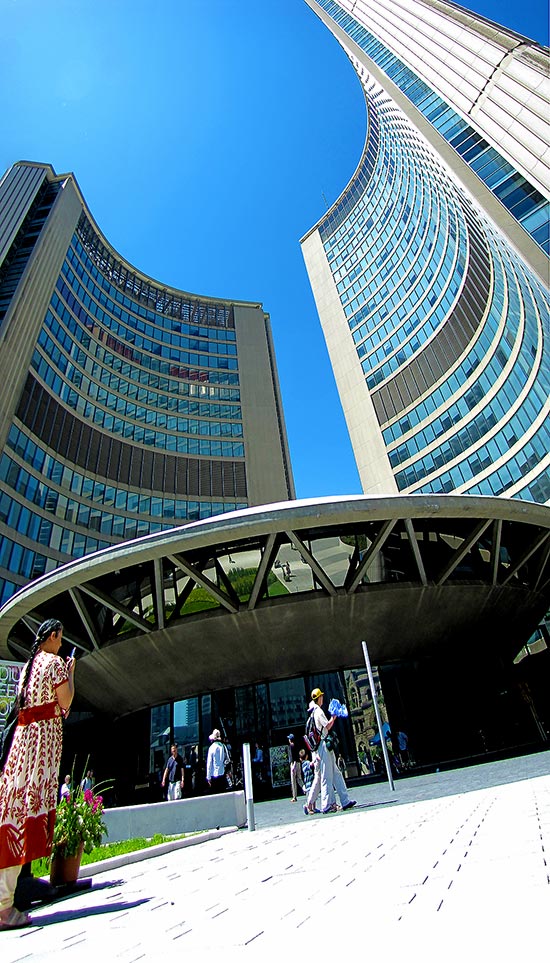
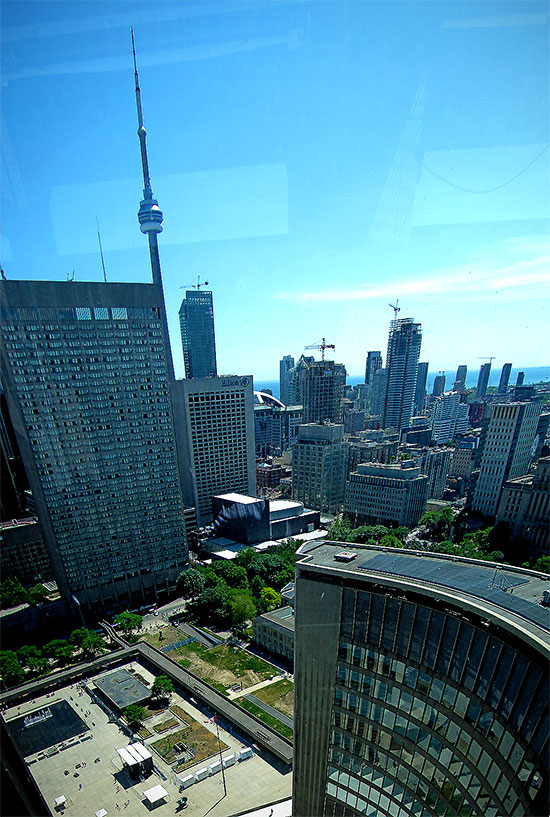
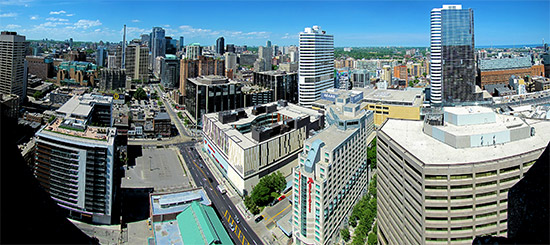
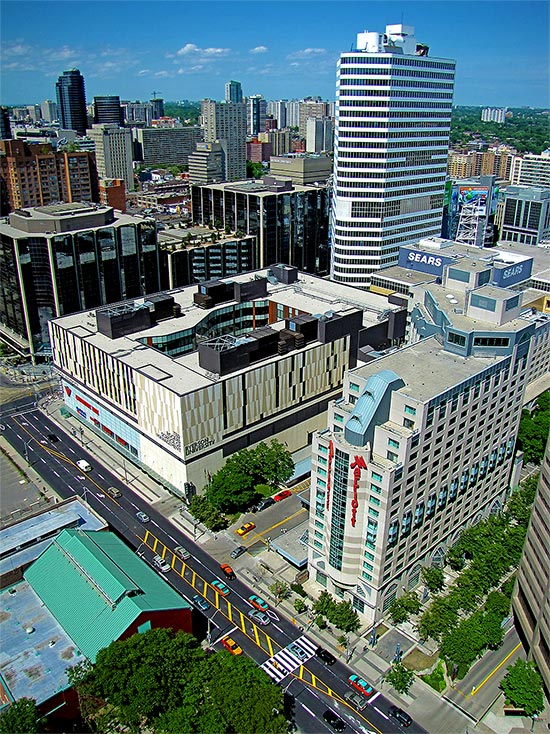
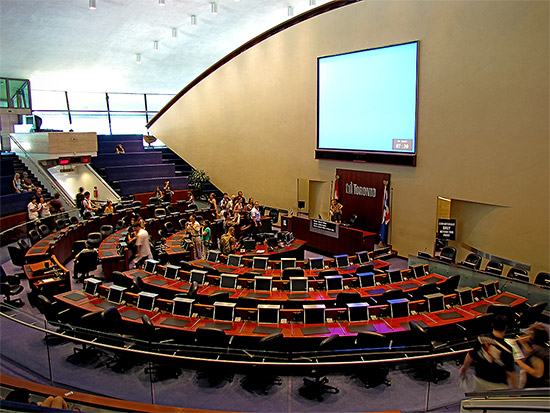
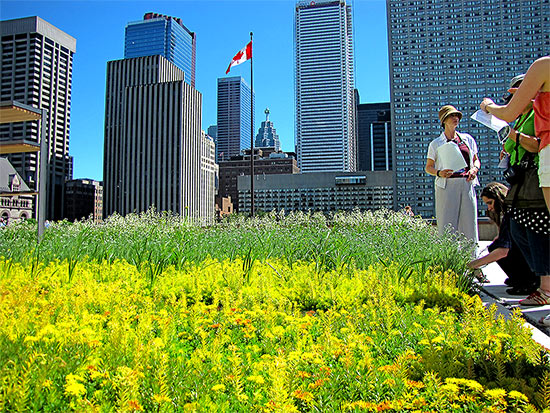
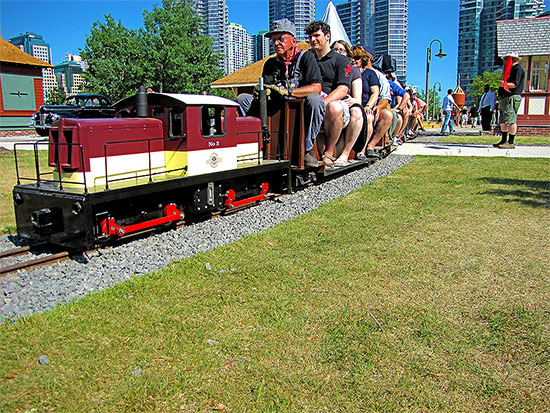
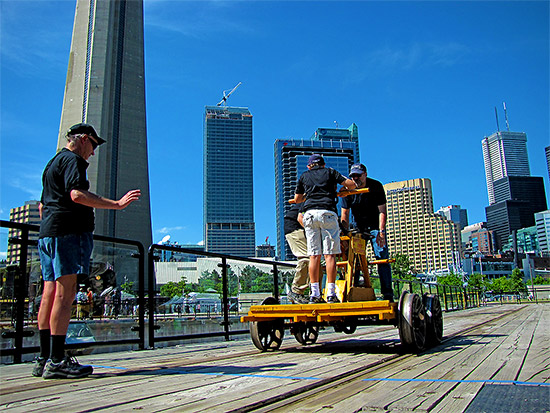


June 5th, 2010 10:02 am
i love the city hall view, the old railway grounds.. and being a person that explores the city as well here, it's always joyful to see events like this during this time of year too!
June 8th, 2010 5:54 pm
Me too, Karl. If I wasn't doing this professionally for Toronto City Life, it'd be a hobby! :D